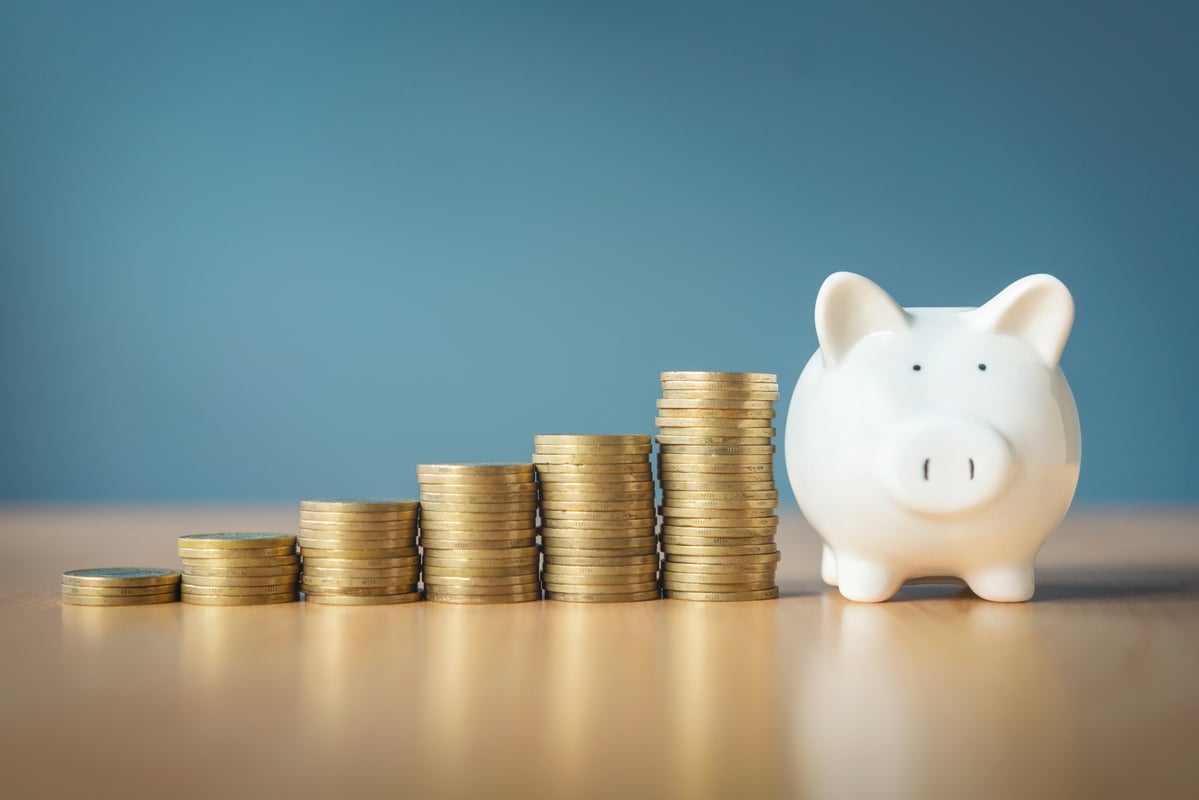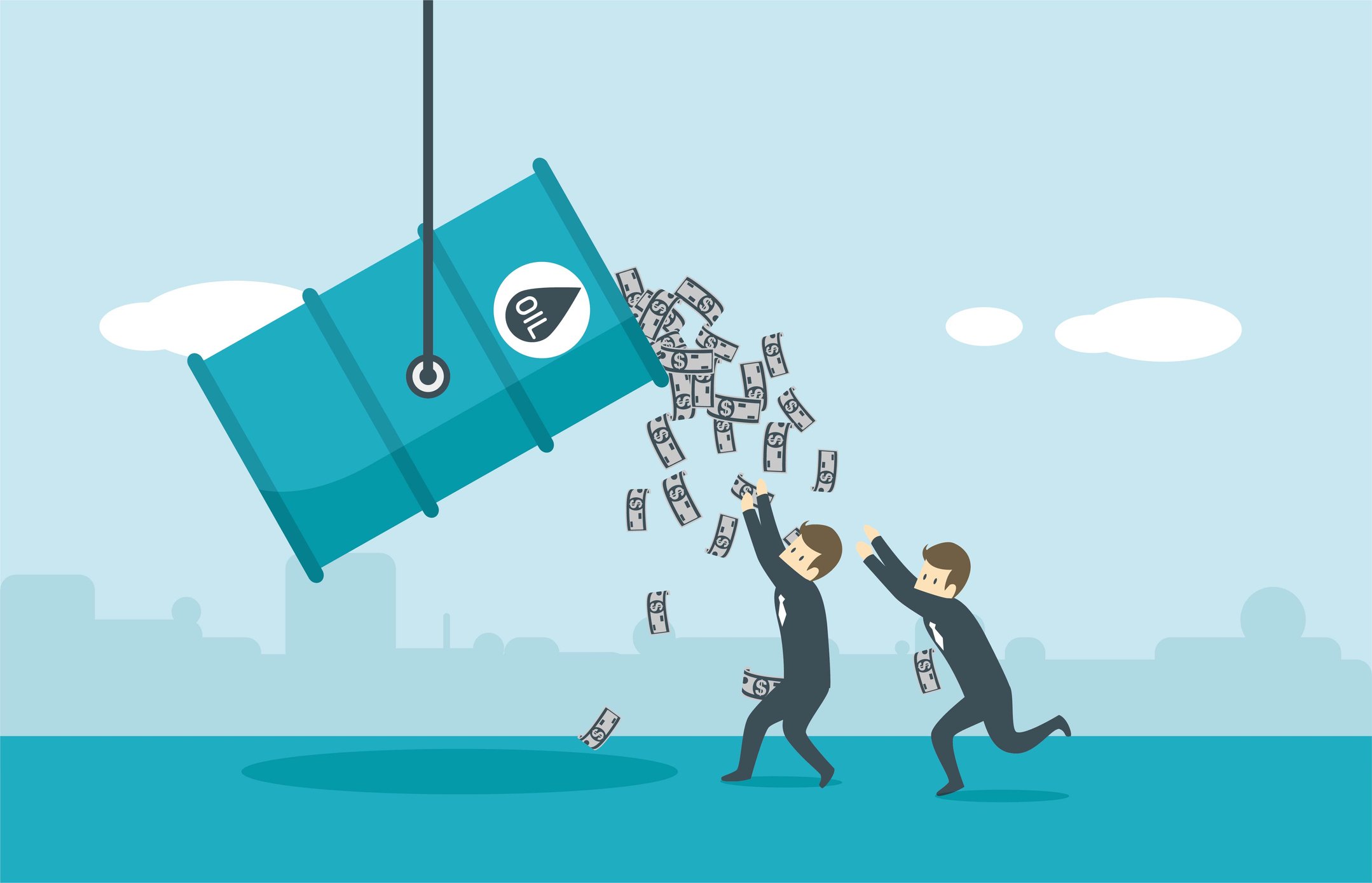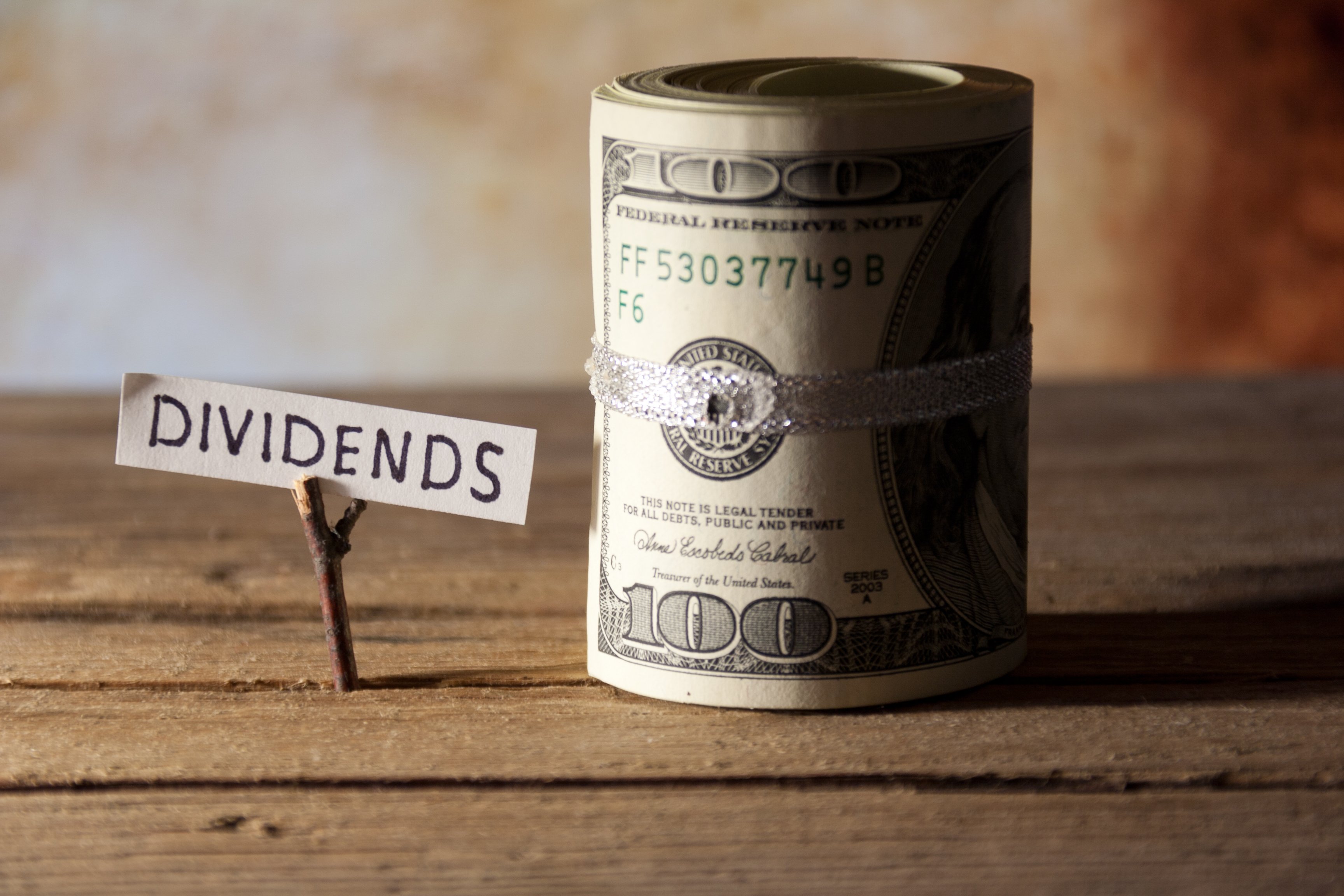$20 oil and $1.70 natural gas doesn't bode well for oil and gas companies, let alone those with larger dividend obligations than they can afford.
Falling stock prices have given rise to some attractive dividend yields from large and small companies alike, but don't take all of these yields for granted. There are several companies in this sector that have dividends that very much at risk of getting cut.

Image Source: Getty Images.
Exploration and production
Exploration and production (E&P) companies are those that explore for and produce oil and natural gas. The majors, such as ExxonMobil (XOM 0.91%) and Chevron (CVX 0.62%), are big participants in E&P, but this segment of upstream oil and gas is also comprised of many independents. Several of these independents offer high-dividend yields as compensation for the assumed volatility of the oil and gas market.
Well, extreme volatility has arrived. Low oil prices leave E&P businesses highly exposed to the downturn the oil and gas market is facing as a result of an oversupply paired with a coronavirus-induced demand shock.
Occidental Petroleum (OXY 2.67%) and Apache (APA 2.45%), two notable independent Houston-based E&P companies, have already reduced their dividends nearly entirely.
Occidental CEO, Vicki Hollub, is on the hot seat for her cavalier Anadarko gamble that has left the company with superior assets and technology at the expense of a staggering amount of debt. As a result, Occidental cut its dividend by 86% from $0.79 per quarter to a mere $0.11 per quarter on March 9th in lockstep with falling oil prices. Apache, which was paying $1.00 per share per year, has reduced its dividend down to just $0.10. It wouldn't be surprising for other E&Ps to follow Occidental and Apache's lead.
Aside from dividend reductions, oil and gas companies across the board are reducing their capital spending outlook. Occidental and Devon Energy, among others, have already made massive cuts.
MRO Debt To Capital (Quarterly) data by YCharts
Devon, ConocoPhillips, and Marathon Oil are all notable E&Ps that, prior to their reduced stock prices, were not known for high yields. Now, each company yields over 5%. All three companies will likely heavily reduce their spending. Due to its market-leading position and solid cash flow and balance sheet, ConocoPhillips is the least susceptible to lowering its dividend. Although smaller, Devon and Marathon Oil had excellent cash flow and balance sheet fundamentals prior to the collapse of oil, but don't be surprised if they are pressured to lower their dividends as well.
Drilling
Drillers were already in trouble in 2019. Now they are entering a borderline existential crisis.
Drilling companies are on the front lines of every oil boom or bust. Offshore drillers, like Transocean and Diamond Offshore Drilling dumped their dividends long ago. Now, Helmerich & Payne (HP +0.14%), Nabors Industries, and Patterson-UTI could be next.
HP Dividend Yield data by YCharts
The highest yielding but the most solid of the three is Helmerich & Payne, which has increased its dividend for 44 straight years and has, by far, the best balance sheet of the three. But in order to maintain that strong balance sheet, I won't be surprised if Helmerich & Payne has to cut its dividend too.
Oilfield services
What was once known as the sexy side of oil and gas is no longer. Oilfield services companies like Schlumberger (SLB 0.65%), Halliburton (HAL 0.74%), and National Oilwell Varco (NOV +1.92%) have seen their stock prices plunge over the past five years, and for good reason.
The lifeblood of oilfield services companies is drilling and completing wells. After discovery, drilling is the next step in hydrocarbon extraction. It's little more than drilling a hole vertically, and then usually horizontally, to get to the reserves. Oilfield services companies make money by contracting crews to companies like ExxonMobil or Chevron, known as the operators of the well. Competition for business from other oilfield service companies and lower oil prices have reduced the need for oilfield services companies.
NOV was smart to cut its dividend back in 2016, whereas Halliburton and Schlumberger continued to hope that a turnaround was in store. With little business insight during $60 oil, let alone $20, I would take Schlumberger's 15% yield and Halliburton's 11% yield with a grain of salt.
Majors
If there was a supermajor to cut its dividend, it would most likely be BP.
BP's (BP 1.94%) debt-heavy and spending-heavy strategy has positioned it to return some serious cash flow in a $55 oil market, but that same positioning leaves it more vulnerable than other majors when prices are lower. Until recently, Exxon and BP had both reaffirmed their massive capital spending plans. Then on April 1, BP cut its 2020 spending forecast by 25% to avoid layoffs. Exxon also announced a cut to spending. Along with a focus on reducing operating costs over the next year, Royal Dutch Shell (RDS.A +0.00%)(RDS.B +0.00%) cut its spending by around $5 billion, or 20%.
Chevron, which arguably has the best balance sheet of these four supermajors, decided it too would cut spending by 50% in the largest onshore U.S. oilfield, the Permian Basin, as well as total 2020 spending by 20%. Chevron also halted its $5 billion share buyback program. Chevron's extreme measures are in line with its financially prudent reputation. In response to the cuts, the company's chief financial officer was quoted as saying, "Our focus is on protecting the dividend, prioritizing capital that drives long-term value, and supporting the balance sheet." Fair enough. Now yielding 7%, Chevron's dividend, as well as its stock, is arguably the best of the supermajor bunch.
Buyers beware
When scanning the energy market for reliable high yields, remind yourself of what the business of that company actually is, and even more importantly, that we are currently in an unprofitable $20 oil environment. This means that, realistically, every oil and gas company is at risk, but none more so than the drillers and the oilfield services companies. Having a strong balance sheet like Chevron, or a market-leading position like ConocoPhillips will go far, but there's no guarantee that any dividend is truly safe.























